This article was co-authored by wikiHow staff writer, Ali Garbacz. Our trained team of editors and researchers validate articles for accuracy and comprehensiveness.
wikiHow’s Content Management Team carefully monitors the work from our editorial staff to ensure that each article meets our high quality standards.
There are 8 references cited in this article, which can be found at the bottom of the page.
Learn more...
So you’ve chosen to use nickel for your next kitchen or bathroom remodel, but now you have to decide which finish you’d like to use. Should you go with satin or brushed? The finish of your faucets, light fixtures, and doorknobs is like the icing on the cake when tying together the overall feel and aesthetic of a space. We’re here to tell you everything you need to know about these two finishes so you have all the information you need to craft the perfect space that fits your taste and style.
Things You Should Know
- The finish on brushed nickel is rougher and has a more rustic aesthetic.
- Satin nickel has a consistent and non-reflective texture that makes it appear very smooth.
- Satin nickel is more durable than brushed nickel, but pricier.
- Nickel is a popular metal used in faucets, showerheads, and doorknobs in residential areas and commercial areas as well.
Steps
References
- ↑ https://www.hunker.com/13411889/the-differences-between-brushed-chrome-brushed-nickel
- ↑ https://www.southernliving.com/home/tips-for-mixing-metals
- ↑ https://coredifferences.com/difference-between-brushed-nickel-and-satin-nickel/
- ↑ https://homedecorbliss.com/can-mix-satin-nickel-brushed-nickel/
- ↑ https://www.bobvila.com/articles/chrome-vs-brushed-nickel/
- ↑ https://homedecorbliss.com/can-mix-satin-nickel-brushed-nickel/
- ↑ https://chem.libretexts.org/Bookshelves/Analytical_Chemistry/Supplemental_Modules_(Analytical_Chemistry)/Electrochemistry/Electrolytic_Cells/Electroplating
- ↑ https://coredifferences.com/difference-between-brushed-nickel-and-satin-nickel/
- ↑ https://jane-athome.com/mixing-metals-in-bathroom/
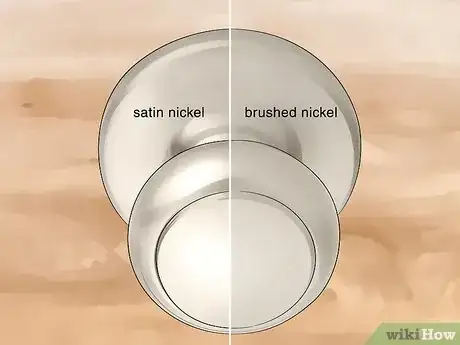
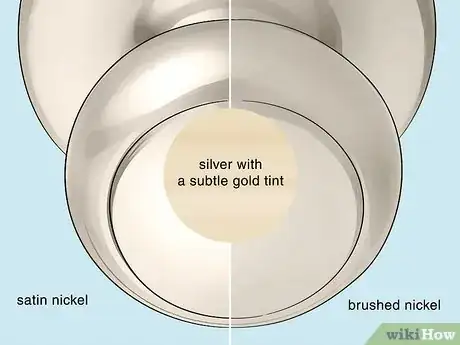
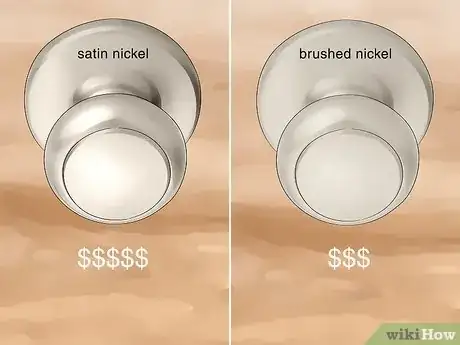

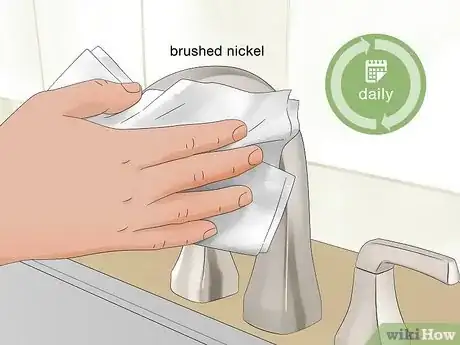
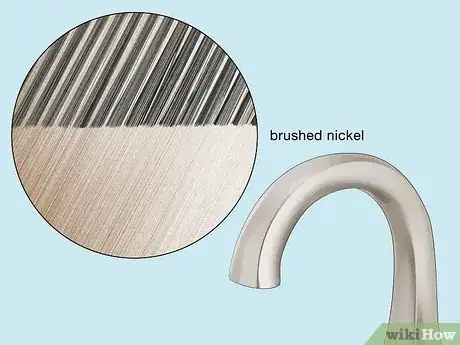



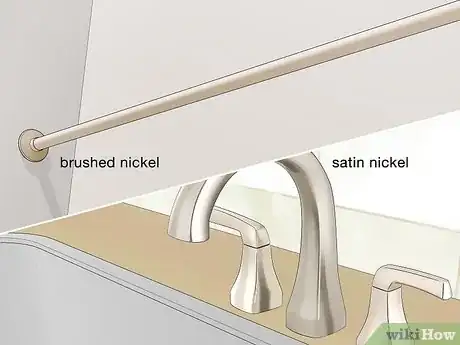
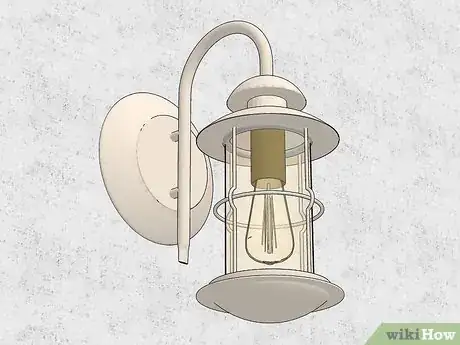

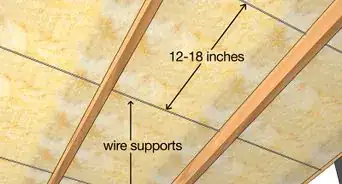











-Step-14.webp)







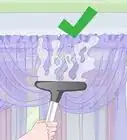






































wikiHow’s Content Management Team carefully monitors the work from our editorial staff to ensure that each article meets our high quality standards.